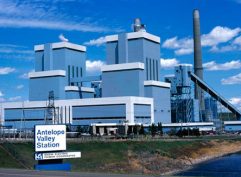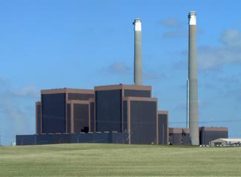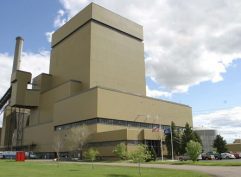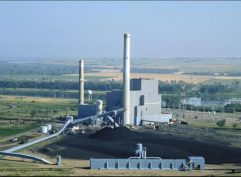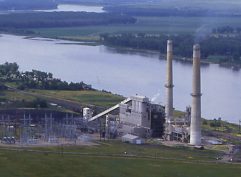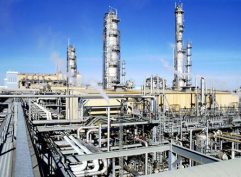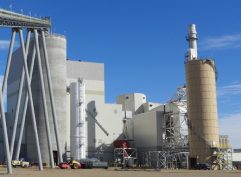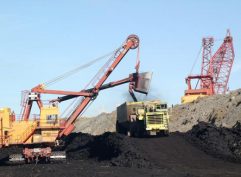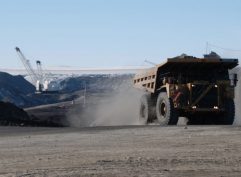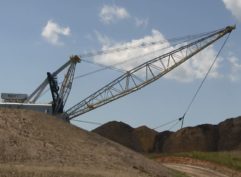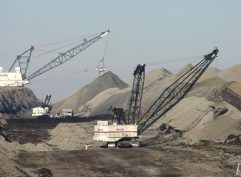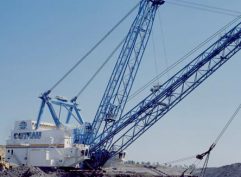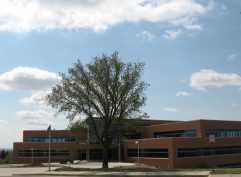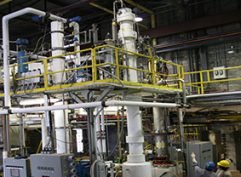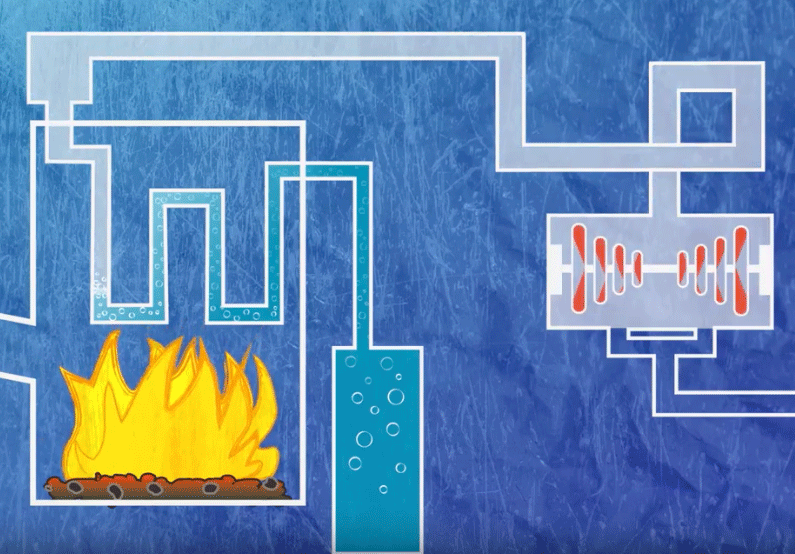- Mines & Plants
- What Is Lignite?
- Events
- About Us
- Contact
1016 E. Owens Avenue
PO Box 2277
Bismarck, ND 58502
Phone: (701) 258-7117
Toll Free: 1-800-932-7117
Fax: (701) 258-2755
- News
LTE: Let’s set the record straight on carbon capture
Opponents of carbon capture are spreading misinformation about the coal industry, and it’s time to set the record straight. Recently, the Biden Administration’s Environmental Protection Agency (EPA) finalized […]Sign a letter fighting the EPA
Last week, the Environmental Protection Agency (EPA) released a suite of rules specifically designed to force the closure of coal-fired power […]News Release: Lignite Energy Council Denounces EPA’s Assault on North Dakota’s Coal Industry
For Immediate Release – April 25, 2024 Lignite Energy Council Denounces EPA’s Assault on North Dakota’s Coal Industry BISMARCK, ND — The […]SEVEN Reasons to Vote NO on Resolution 7
Vote No on Resolution No. 7 Resolution 7 will be considered at the North Dakota GOP Convention on Saturday, April […]- More News
11/17/2022 – Lignite Line


Coal Industry Sees Both Wins And Losses In Midterm Election
2022 Election Results are a mixed bag for coal
The political pundits and pollsters who predicted a red wave election during the 2022 midterms were both right and wrong in their analysis. While Republicans won the overall popular vote by 5 million as the pre-election polls showed, it did not lead to a sweeping GOP victory as predicted. Redistricting, changing demographics post-covid, and continued polling uncertainty combined to produce a result of red states getting redder and blue states getting bluer.
Federal – On the federal level, the Democrats flipped one seat in Pennsylvania to retain control of the Senate at 50-49. While there remains a December runoff election to decide the fate of the lone remaining Senate seat in Georgia, the results will either lead to a 51-49 or a 50-50 split with Vice President Harris casting the deciding vote as President of the Senate. More than a week after Election Day, Republicans secured the 218th seat needed to flip the House from Democratic control. The full scope of the party’s majority may not be clear for several more days — or weeks — as votes in competitive races are still being counted.
North Dakota – In North Dakota, Republicans won both federal races, all statewide races, and expanded their supermajority in the ND House (82-12) and Senate (43-4). The ballot measure for term limits passed with 62% support and starts now to limit both the Governor and the legislature to two four-year terms in office. The election results reveal that there will be 41 members in the incoming freshman class out of 141 total legislators, which equates to nearly 1/3 of the legislature being brand new in Bismarck.
In the ND Senate, there are 13 new Senators with a total of 34 of the 2021 Lignite Champion incumbents returning to office. No Lignite Champion lost their general election race in the Senate. In the ND House, there are 28 new Representatives with a total of 55 2021 Lignite Champion incumbents returning to office. Only three Lignite Champions lost their general elections in the House.
Minnesota – In Minnesota, the Democrat Farmer Labor (DFL) party swept all statewide races, all incumbent members of Congress won and there were no US Senate races on the ballot. The legislature will no longer be operating as divided government as the DFL flipped the Senate for a one-seat majority (34-33) and held on to control of the House (70-64). Similar to ND, there was a lot of turnover due to redistricting and retirements and over one-third of the legislature will be new members.
What Do the Elections Mean for the Lignite Industry?
Elections have consequences and this is always true for the
coal industry. While divided government at the federal level will be a good
thing to keep any new overreaching energy policy from becoming law, the
executive branch agencies like the Environmental Protection Agency (EPA) still have
rulemaking authority. In addition, multiple pending regulations that will be
finalized in 2023-24 are certain to have an impact on coal nationwide.
While North Dakota’s government has always proven to be
supportive of the coal industry in the state with favorable policy and funding
for research and development and now commercialization loans for carbon capture
in the Clean Sustainable Energy Authority, Minnesota will more than likely look
to enact new energy policy mandates that could be harmful for the lignite
industry’s largest export market.
It is likely that new versions of Minnesota’s 100% Carbon
Free by 2040 legislation, previously passed by the House DFL and supported by
Governor Walz, will be re-introduced. It will be critical to ensure any
proposed legislation includes carbon capture as an allowed technology in the language
of the new mandate, and will also be necessary to make sure that bill does not
reach into North Dakota, as previous mandates have. Thankfully, the lignite industry
is well-positioned for this challenge with the decade-plus work that has been
done by North Dakota’s government along with the lignite industry to be on the
cusp of utilizing carbon capture technology. We can also now demonstrate that
the most cost-effective method for decarbonization is carbon capture.
In January 2021, LEC had two of the energy policy leaders in
the MN House out for a day tour visit to coal country. One of the members who attended
is now the House Majority Leader who, along with another key member, were
provided personal VIP tours by the LEC. They were able to see firsthand how
coal is mined and reclaimed at the BNI Center Mine, how electricity is produced
in an environmentally responsible manner at the Milton R. Young plant, and how
Project Tundra is poised to change the game for the coal industry on a
regional, if not global level through carbon capture. The legislators also took
part in a two-hour meeting with Governor Burgum at the Governor’s residence where
he encouraged Minnesota to work with North Dakota on energy policy and stressed
that they will be the beneficiaries of low carbon baseload electricity
generated from coal country.
Moving forward, LEC’s mission will continue to be to
enhance, preserve and protect the lignite industry in North Dakota. While the
political landscape looks to be an uphill battle, rest assured that we will be
very active with policymakers in the 2023 legislative sessions in Minnesota and
North Dakota to make sure our future as an industry remains bright.

